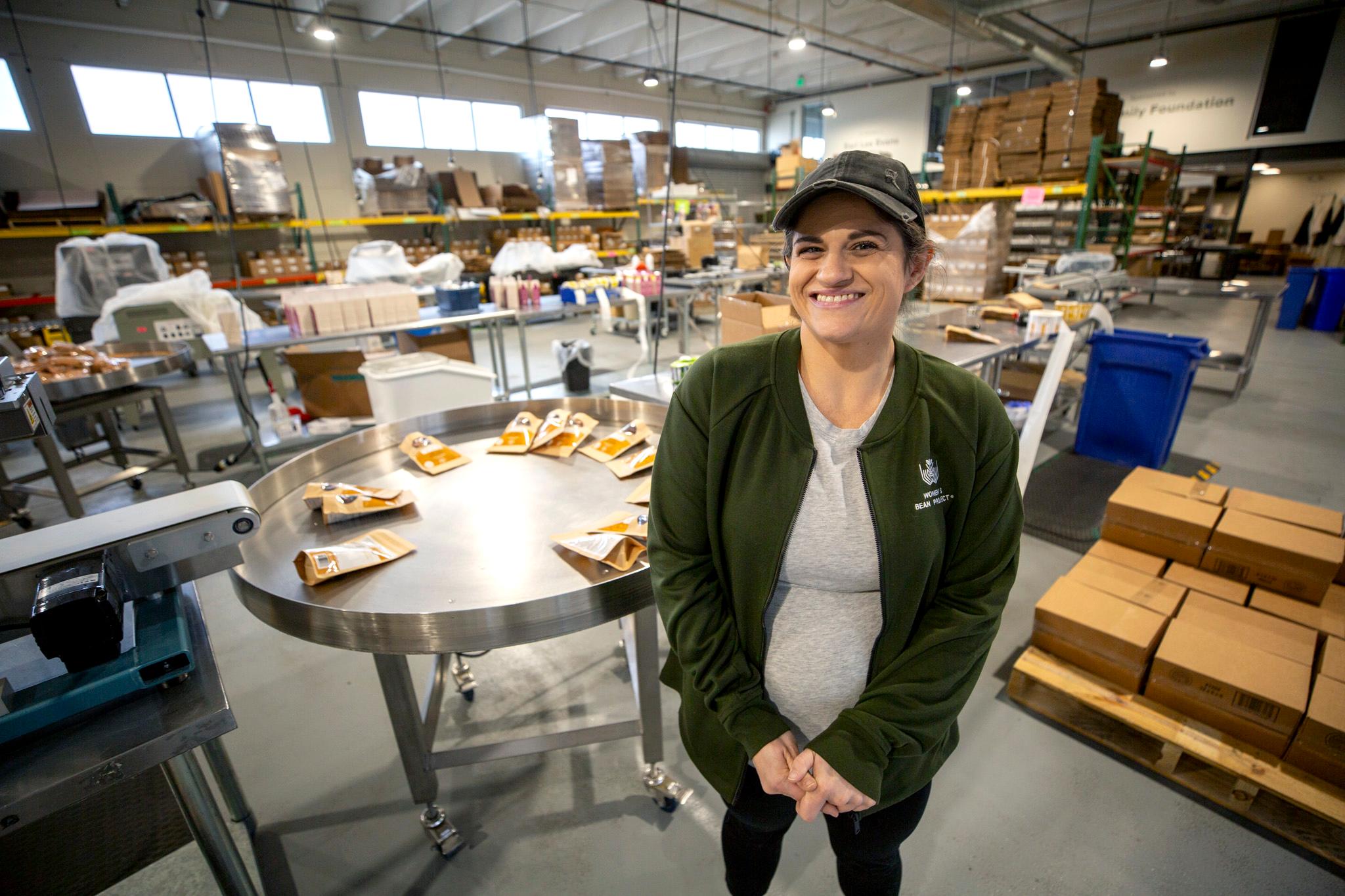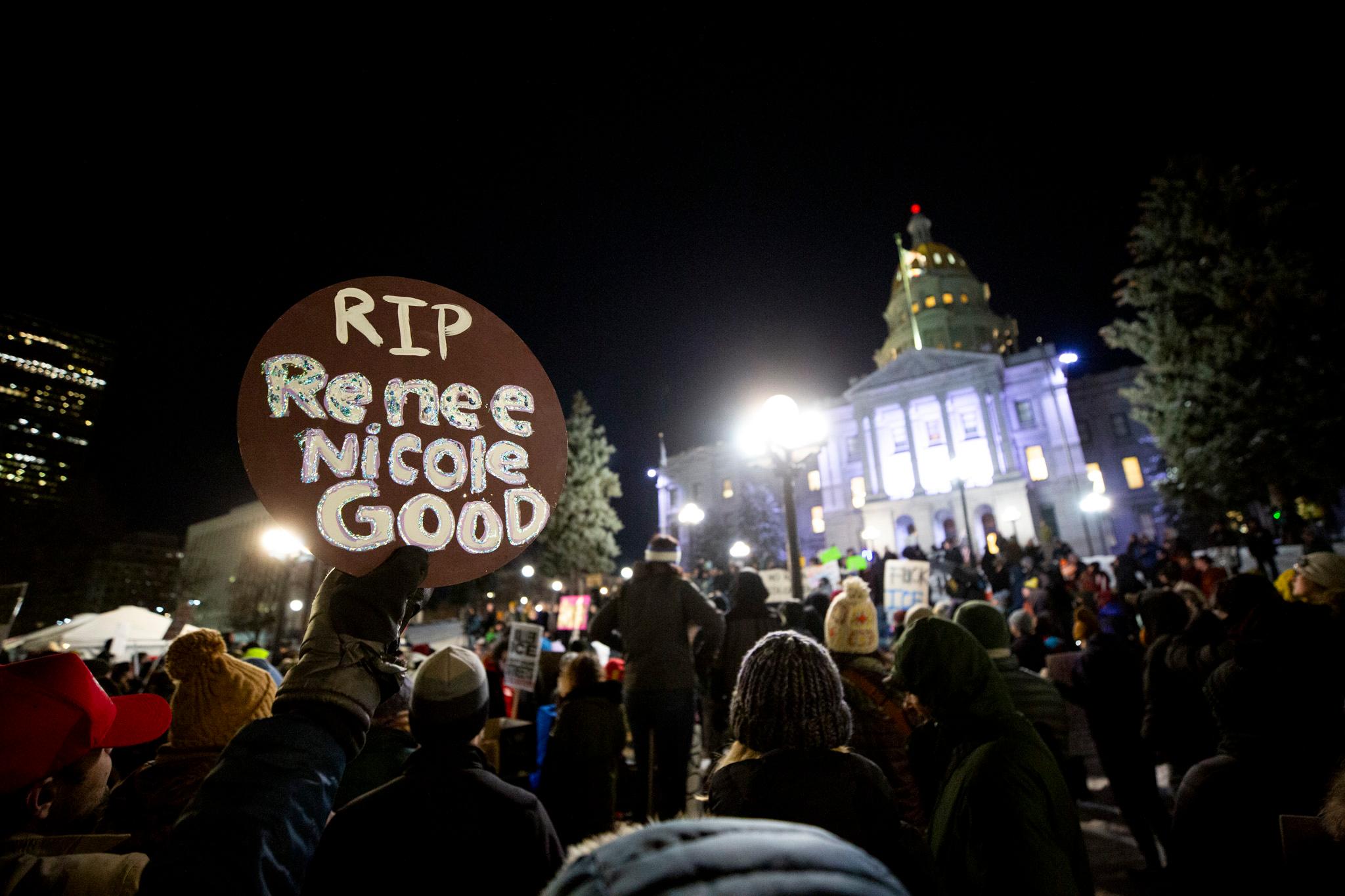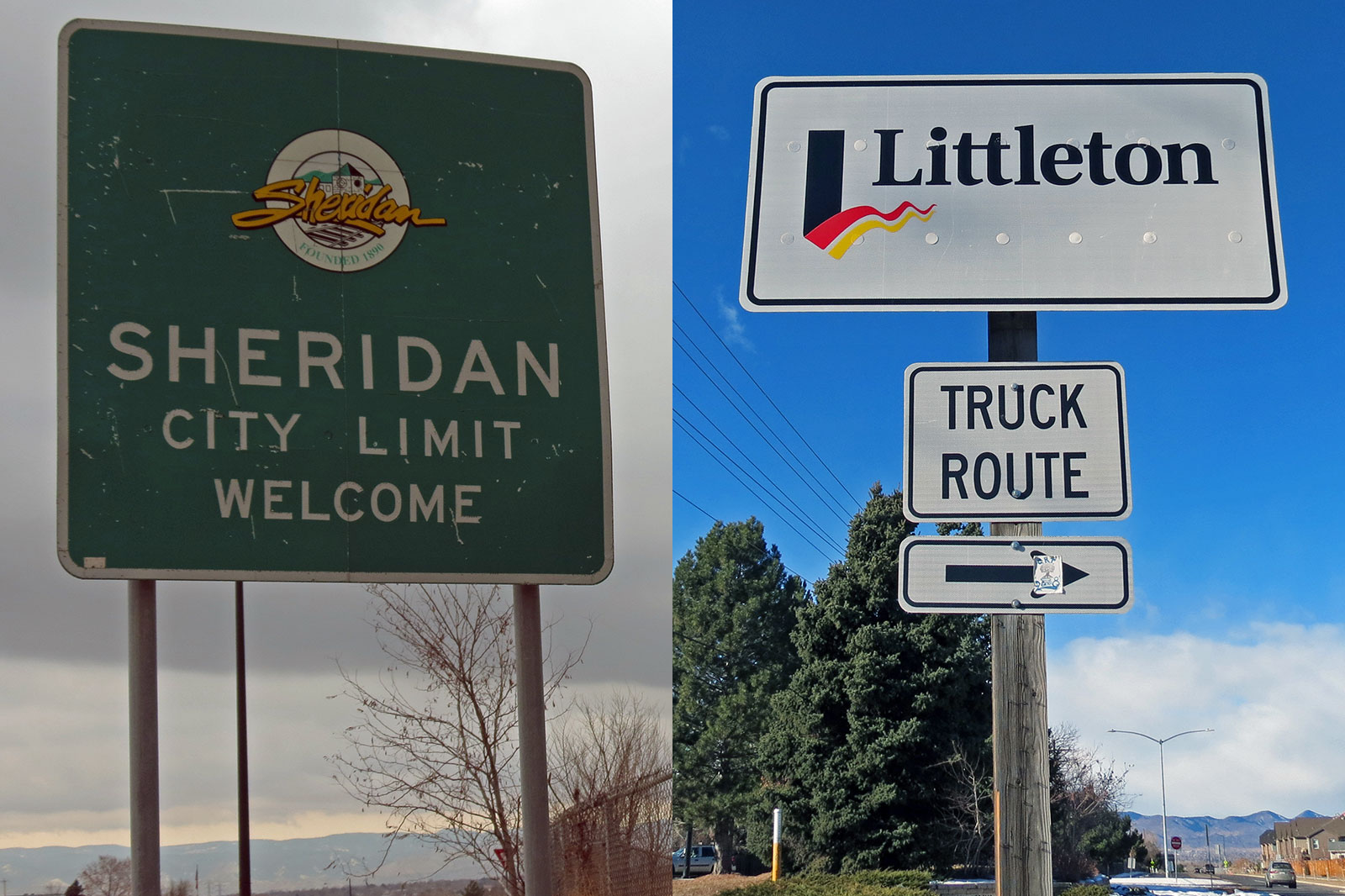
The Denver suburb of Sheridan is easy to miss. It’s only 2.3 square miles. The school district is so small, there are only four schools. Head just two minutes south on Federal Boulevard and you’re out of one school district and into another: Littleton Public Schools.
Sheridan superintendent Michael Clough says the differences between the two are stark. In Sheridan schools, 84 percent of students qualify for free or reduced lunch; in Littleton, just 18 percent of kids do. It’s one of the biggest child poverty gaps for two districts that share a border in the country. Those gaps are also reflected in test scores and other measures, like what districts can pay to attract top teachers (The average teacher in Sheridan makes $50,503, in Littleton, $64,738).
These two bordering districts tell an important story about Colorado school finance. The more students living in poverty, the more it costs to educate them. But how well does the state’s funding system recognize this?
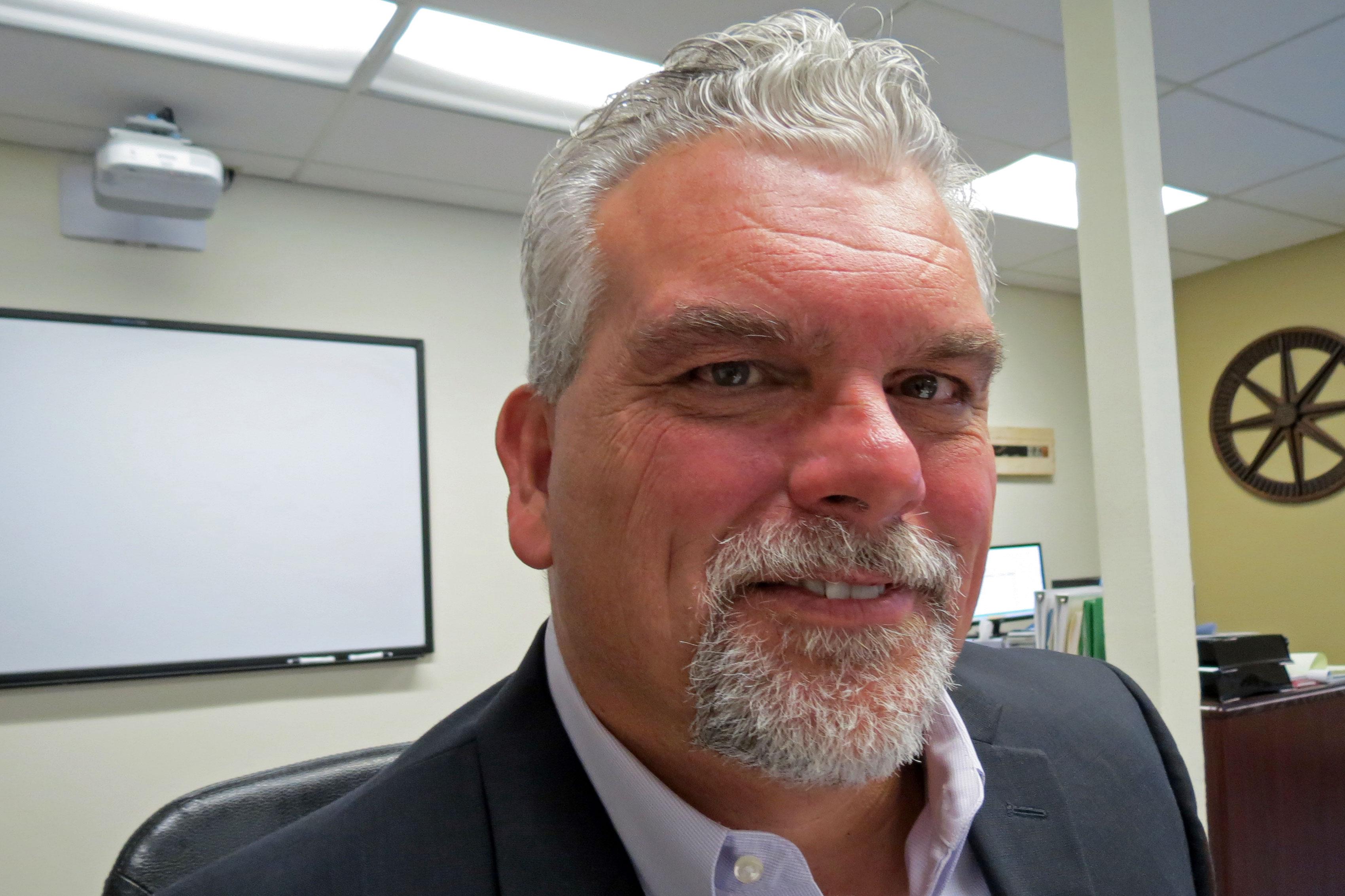
“We as a state have moved away from the concept of educating all our children,” Clough says. “It has become, let the state establish a base and then let the local property owners come back and support giving more money to that district to educate their children. So it goes without saying that people who have more wealth, are often more likely to fund their own local education.”
Deep Dive Into Money
Schools get money, generally speaking, from two places: the state and local property taxes.
There’s a formula that tries to make things somewhat more equal with state dollars. It gives districts extra money for each low-income child, or if the district is really small, or has a high cost of living to help attract teachers. State funds make up about two-thirds of the total money, on average, spent per student on education.
Before the Taxpayer Bill of Rights, nearly all school districts paid the same property tax rate of about 40 mills. A mill is the tax rate or factor applied to the assessed property value. Schools must comply with property tax and mill levy limits set out by TABOR. So the amount of property taxes raised based on local property values varies dramatically.
Property tax revenues used to make up the majority of a school district’s money. But to keep from violating TABOR limits and the state constitution’s Gallagher Amendment, districts have had to reduce their property tax rates. This has led to a marked decline in revenues collected. On average, local property taxes make up about a third of the total amount spent per student when it used to be two-thirds.
| Two Districts Side By Side | ||
|---|---|---|
| Sheridan | Littleton | |
| Pupil Membership | ||
| Student population | 1,538 | 15,780 |
| Free and Reduced Lunch | 84% | 18% |
| Minority | 87% | 27% |
| ELL (English language learner) | 38% | 4% |
| School Funding | ||
| Total # of property tax mills levied | 38 | 53 |
| Amount raised by 1 mill | $166,278 | $1,512,000 |
| How much overide raises per pupil | $699 | $1,949 |
| Total local and state per pupil revenue | $9,166 | $8,989 |
| Annual money raised by private foundation (not for operating expenses) | $5,500 | $500,000 |
Sketching on a scrap of paper, Superintendent Clough shows the staggering differences that property tax can raise depending on a district’s property values. According to the Colorado School Finance Project, the mills levied in Colorado’s school districts range from 1.68 to 27 mills. One mill raises, on the low end, less than $4,000 (Edison School District, Yoder, Colorado) to a high of more than $13,000,000 (Denver Public Schools). The amount raised per student for one mill also varies dramatically. The low? $19 per kid. The high? $3,239.
“Mill levies can never go up, they can only go down,” Clough says.
If districts want to raise more, they must go to voters in what’s called a mill levy override. If voters agree, that bumps up the property tax rate.
Maxed Mill Levy
Voters in Littleton Public Schools have taxed themselves through overrides to the maximum allowed under state law.
“We are at that cap so we have that additional revenue to help operate our entire system,” says Brian Ewert, the Littleton superintendent.
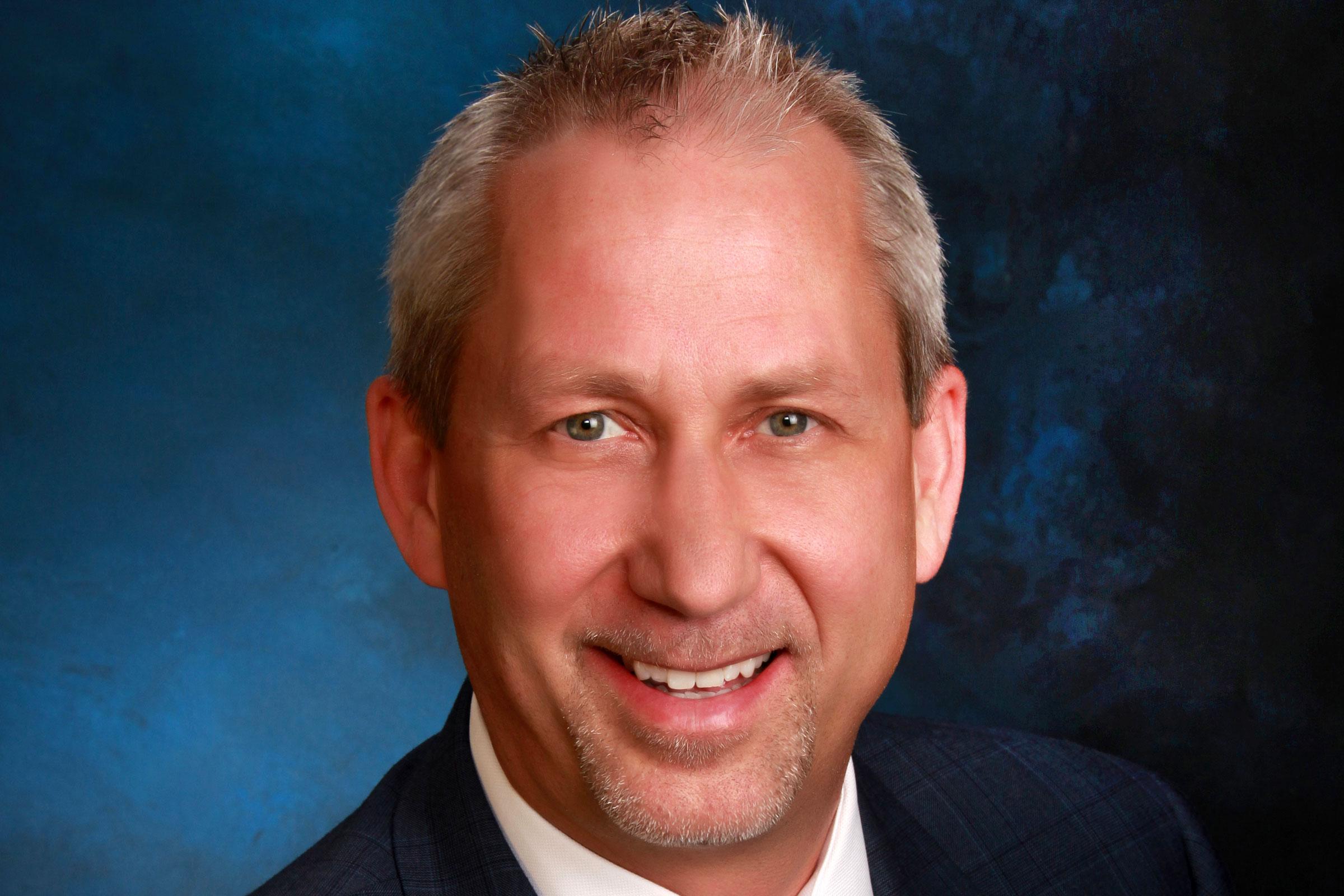
“Not all districts are at that cap, nor can all districts politically pass a mill levy override, for example a no new taxes mentality. That really creates a ‘haves and have nots’ mentality in the state of Colorado.”
Littleton raises almost three times as much for each student as Sheridan does. But since Sheridan is a district with lots of low-income children, by the time you add up what the state gives and what each district can raise, Sheridan’s actually getting about $177 more per student.
“For a student with additional needs that is not enough to solve for that problem,” Ewert says, referring to the cost of poverty.
The superintendent of the wealthier Littleton district knows this first hand because he used to be in charge of nearby Englewood schools, where many students live in poverty. He notes that impoverished students “require additional resources to exit the system at the same place where their affluent peers exit from.”
Studies back that up. One shows Colorado should be spending 35 percent more to meet the needs of each at-risk student. Both Superintendents Clough and Ewert agree, it just doesn’t cost as much to educate students from wealthier neighborhoods. That means Littleton’s extra property tax dollars keep the district afloat in the face of state cuts, but also can buy extra-curricular activities, electives and technology.
Some of this has to do with size. Littleton has ten times more students than Sheridan, bringing in more state dollars. They can afford to offer things like high level chemistry classes. Sheridan High, meanwhile, doesn’t offer any advanced placement classes.
Adequacy, Equity
This story is not about rich districts being happy and poor districts dissatisfied. The two issues at play in Colorado’s school finance debate are: Adequacy – does the whole system have enough money – and equity – can students, depending on where they live, get a relatively equal education?
Littleton’s Ewert says that “right now we have neither.”
His richer school district has lost nearly $90 million in state funding since 2009. Colorado spends $2,500 less for each student than the national average. One study shows that the state needs another $2,000 per student even in ‘more well off’ districts like Littleton. Littleton also can’t tap local voters anymore because it’s hit its cap.
“We have a plan, but if nothing changes in four years, Littleton will face the same issues that school districts even in our rural settings are facing right now,” he says. “The funding in Colorado is so inadequate for all, everyone’s scrambling to try to keep up.”
Since the recession, the debate for lawmakers has shifted from whether public schools need more money to how much extra is needed and how that should happen. Gov. John Hickenlooper has proposed a 50 percent increase in sales taxes on recreational marijuana. Another idea to increase school funding is a legislative proposal to ask Colorado voters to go back to the uniform tax on personal property – so all school districts basically tax at the same rate.
But any change to school funding is complex and sure to provoke debate and disagreement. State Rep. Jim Wilson, R-Salida, says that with school finance, there will always be winners and losers.
“If by some strange world the uniform mill levy would go through, how do you allocate the funds and on what basis, what does per pupil actually mean, does that mean the same in the urban area as it does in the rural area? Because we know it cost more to educate a student in a rural area than an urban area,” he says.
Or does it mean more money for districts with lots of poor students? Until there’s a change, we’re left with two superintendents on opposite sides of the street who will keep teaching students in a system — nearly everyone admits — is financially broken.



